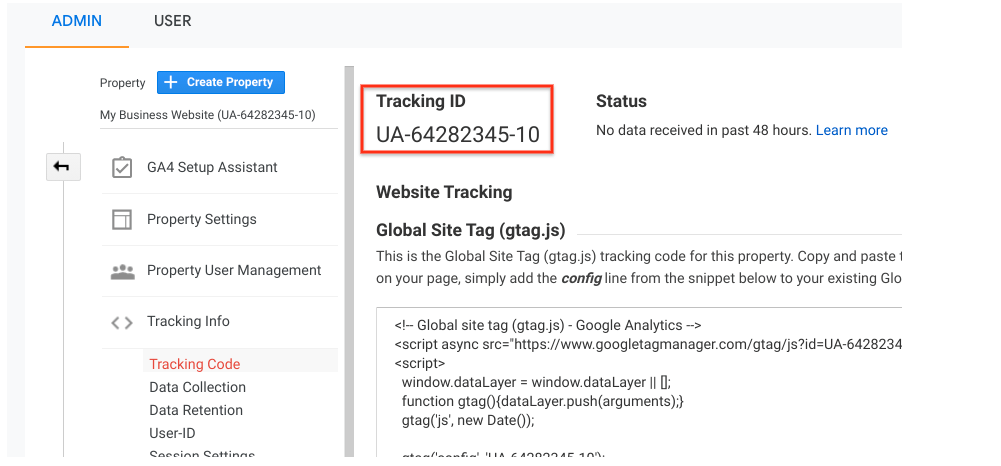Grasping the Art of Conquering Data Collection Limitations in Google Analytics for Better Decision-Making
In the world of digital analytics, the ability to remove significant understandings from data is paramount for informed decision-making. Google Analytics stands as a powerful tool for services looking for to comprehend user behavior, track conversions, and enhance their on the internet presence. Nevertheless, information collection constraints within this platform can impede the precision and depth of the info collected. To really harness the capacity of Google Analytics for critical decision-making, mastering the art of conquering these restraints is crucial. By employing sophisticated techniques and strategic approaches, organizations can raise their information high quality, unlock hidden understandings, and lead the way for more educated and effective decisions.
Information Quality Assessment
Evaluating the high quality of information within Google Analytics is a vital action in making sure the reliability and accuracy of understandings originated from the collected info. Data top quality assessment involves reviewing various aspects such as accuracy, completeness, uniformity, and timeliness of the data. One essential aspect to consider is data accuracy, which describes how well the information reflects truth worths of the metrics being gauged. Inaccurate data can result in faulty final thoughts and misdirected business choices.
Efficiency of data is an additional vital variable in analyzing information quality. Uniformity checks are likewise important in information high quality analysis to recognize any discrepancies or anomalies within the information set. By focusing on information top quality evaluation in Google Analytics, organizations can enhance the integrity of their analytics reports and make even more informed choices based on precise understandings.
Advanced Monitoring Methods
Making use of sophisticated monitoring techniques in Google Analytics can significantly boost the deepness and granularity of information accumulated for more extensive evaluation and insights. One such method is event monitoring, which enables the surveillance of details communications on an internet site, like click switches, downloads of files, or video clip views. By applying event tracking, organizations can get a much deeper understanding of customer habits and interaction with their online web content.
Furthermore, personalized dimensions and metrics offer a way to customize Google Analytics to particular service requirements. Personalized dimensions permit the production of new data points, such as individual functions or customer sectors, while custom-made metrics allow the monitoring of unique performance indicators, like revenue per individual or average order worth.
Additionally, the application of Google Tag Manager can improve the application of monitoring codes and tags throughout a website, making it easier to manage and release advanced tracking setups. By using these innovative tracking techniques, businesses can unlock valuable insights and enhance their on-line techniques for far better decision-making.
Customized Dimension Application
To improve the depth of information accumulated in Google Analytics past advanced tracking techniques like event tracking, services can apply customized dimensions for more tailored insights. Custom-made measurements enable organizations to specify and collect specific data factors that pertain to their one-of-a-kind objectives and purposes (What Data Does Google Analytics Prohibit Collecting?). By appointing customized dimensions to various elements on an internet site, such as individual communications, demographics, or session details, businesses can gain an extra granular understanding of just how customers involve with their on-line homes

Acknowledgment Modeling Methods
Reliable attribution modeling is essential for understanding the influence of different marketing channels on conversion paths. By employing the appropriate acknowledgment design, organizations can accurately connect conversions to the ideal touchpoints along the client trip. One common acknowledgment design is the Last Interaction model, which provides credit rating for a conversion to the last touchpoint a customer communicated with prior to transforming. While this design is easy and easy to execute, it commonly oversimplifies the client trip, ignoring the influence of various other touchpoints that added to the conversion.

Information Sampling Evasion
When taking care of large volumes of information in Google Analytics, overcoming information tasting is important to ensure accurate insights are acquired for notified decision-making. Data sampling happens when Google Analytics estimates patterns in information rather than analyzing the full dataset, possibly leading to manipulated outcomes. To stay clear of information sampling, one efficient approach is to lower the date range being assessed. By concentrating on shorter timespan, the chance of experiencing tested information declines, providing an extra precise depiction of individual behavior. Furthermore, making use of Google Analytics 360, the costs version of the system, can read the article help minimize tasting as it allows for higher information limits prior to tasting begins. Executing filters to limit why not try this out the information being examined can likewise help in staying clear of tasting problems. By taking these positive steps to decrease information sampling, companies can remove more precise understandings from Google Analytics, leading to better decision-making and enhanced total performance.
Conclusion
In final thought, grasping the art of getting over data collection restrictions in Google Analytics is important for making informed decisions. By conducting a detailed data quality analysis, executing sophisticated monitoring methods, utilizing custom-made measurements, using attribution modeling methods, and staying clear of information tasting, businesses can make sure that they have reputable and accurate data to base their decisions on. This will eventually cause extra efficient strategies and far better end results for the organization.
